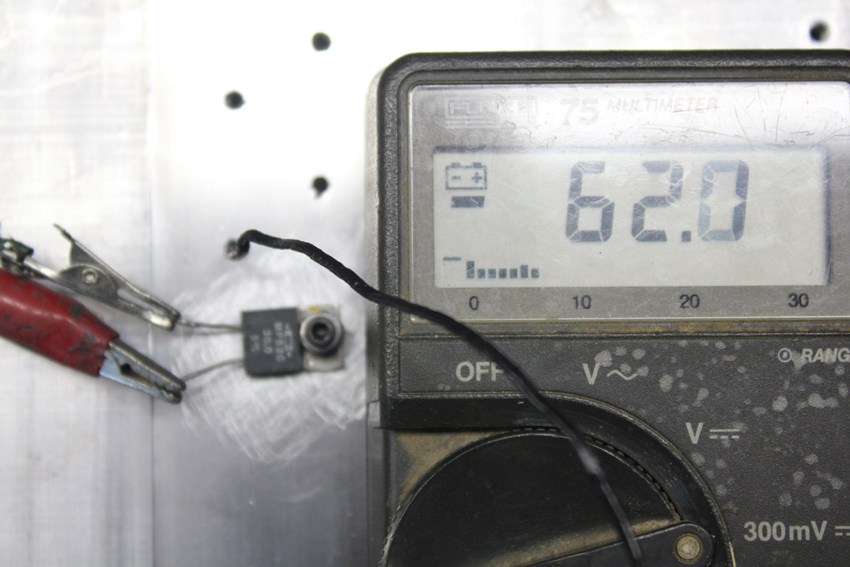Ok here I am again. While attempting to diagnose
And then fix my fuel issue I have created another
Problem. While removing the tank it started to slip
I caught it but while doing that my hand put
Pressure on t connector that was on the right
Side of the frame. The wires came out.
I can’t figure out how to include pictures. So I have to describe it.
Connector cas three contacts two parallel and one at a
right angle over the other Two. Normally when this happens
You just match up the colors and make a repair.
The wires are all white. This is a problem.
I have found the connector on the schematic bottom of the page
2/3 rds of the way across the page to the tight.
Three of the wires in one half of the connector go to
The stator coil. The three on the other half connector go to
another connector. The diagram and wiring get a little
complicated.
I don’t know what to do. The two sets of wires go into wiring harnesses
And I canny trace them.
I need help. Anyone with an XJ manual want to help.
And then fix my fuel issue I have created another
Problem. While removing the tank it started to slip
I caught it but while doing that my hand put
Pressure on t connector that was on the right
Side of the frame. The wires came out.
I can’t figure out how to include pictures. So I have to describe it.
Connector cas three contacts two parallel and one at a
right angle over the other Two. Normally when this happens
You just match up the colors and make a repair.
The wires are all white. This is a problem.
I have found the connector on the schematic bottom of the page
2/3 rds of the way across the page to the tight.
Three of the wires in one half of the connector go to
The stator coil. The three on the other half connector go to
another connector. The diagram and wiring get a little
complicated.
I don’t know what to do. The two sets of wires go into wiring harnesses
And I canny trace them.
I need help. Anyone with an XJ manual want to help.


Comment